Patoli, Patoleo or Patolyo is a delicacy I was introduced to in Goa. These festive dumplings are made by steaming rice flour, coconut and jaggery in turmeric leaves. The Patoli is served with leaves on it, generally warm for lunch, and eaten after removing the leaf.
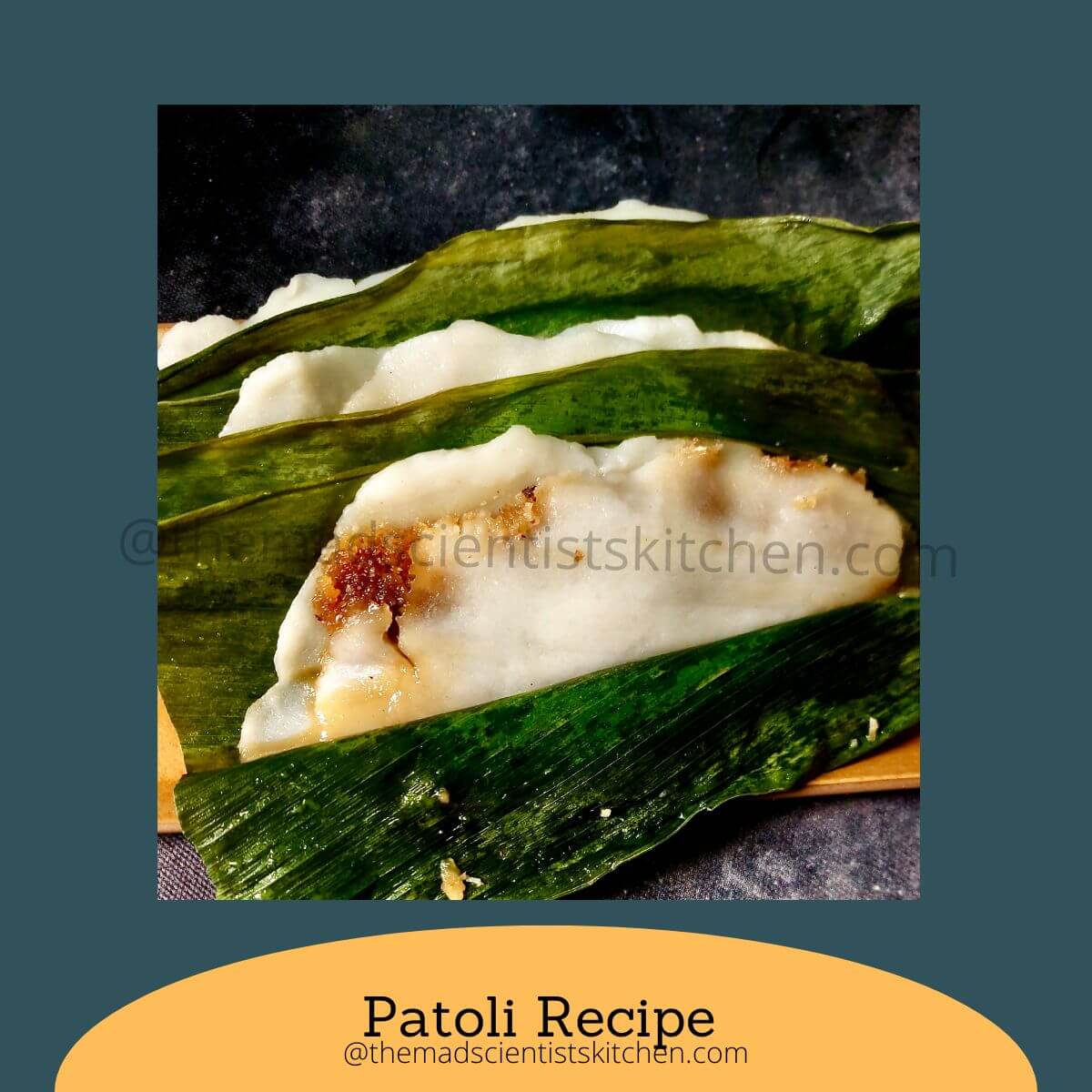
A traditional Goan food made in the Holy month of Shravan. On the occasion of Nagpanchmi, Tay/Hartalika day before Ganesh Chaturthi, by the Hindus. The Christians them on 15 August for the feast of the Assumption of the Mother Mary and the São João festival.
This time, my daughter demanded them, and she wanted them a little sweet, a little pungent. We enjoyed making them together.
Monsoon is that time of the year when you enjoy Kanda Bhajjiya and Adrakwali Chai. For the colds and sniffles, you need Kashai, a traditional medicine or my mother's favourite Turmeric Milk.
Steaming is the best form of food in Shravan, so we love Idli (Steamed Rice Cakes), Moong Dal Dhokla, Sooji Na Dhokla, Dal Fara, Rava Idli, Siddu / Sidu, a steamed bread.
For Ganesh, Ukdiche Modak is a regular. The primary distinction between steamed modak and patoli lies in their shape, and patoli is steamed in fresh green turmeric leaves, whereas modak is not.
Jump to:
What is Nag Panchami?
Panchmi is the fifth day of any month; however, in Shravan, we celebrate it and verenate snakes. In Hinduism, Nature is revered, and we celebrate the co-existence and importance of other creatures within it.
There are many mythological stories associated with snakes, which make for an interesting read. Through all the stories, we are taught that snakes do not attack unless provoked. Snakes are needed for the ecosystem. So leave them alone.
There are some traditions we follow for Nag Panchami; we refrain from using a tava/skillet and avoid chopping. The use of sharp objects and objects for tilling, digging, etc, is avoided.
The primary distinction between steamed modak and patoli lies in their shape, and patoli is steamed in fresh green turmeric leaves, whereas modak is not.
In place of turmeric leaves, you can use banana leaves or Jackfruit leaves, but the taste and smell will not be the same.
Why Turmeric?
Turmeric has always been a part of our diet from time immemorial. Turmeric is long known for its anti-inflammatory benefits on the body.
The tadka we make every day for our sabzi and dal turmeric is the main ingredient. Now, you know why your mom forced you to drink Turmeric Milk when you suffer from a cough and a cold. Fresh turmeric roots can be eaten as a pickle.
The Ancient Indians highly prized the turmeric leaves. We have Patoli, of course, and also add a turmeric leaf to butter when making ghee. There may be many more recipes I am not aware of, but if you know of any, please let me know.
Ingredients to make Patoli recipe
- Turmeric leaves: To make patoli, you need Fresh turmeric leaves. These leaves are green and fragrant; there is no substitute for the turmeric leaves.
- Rice flour: Fresh rice flour is used to make a dough and applied to the turmeric leaf.
- Salt: The seasoning
- Water: I use hot water to make my rice flour dough.
- Coconut: Patoli is made as an offering and hence uses freshly grated coconut.
- Jaggery: Jaggery is used as a sweetener in making patolli. You can use sugarcane jaggery or palm jaggery. I prefer to use cane jaggery.
- Cardamom pods: Traditionally, they are used to flavour the recipe.
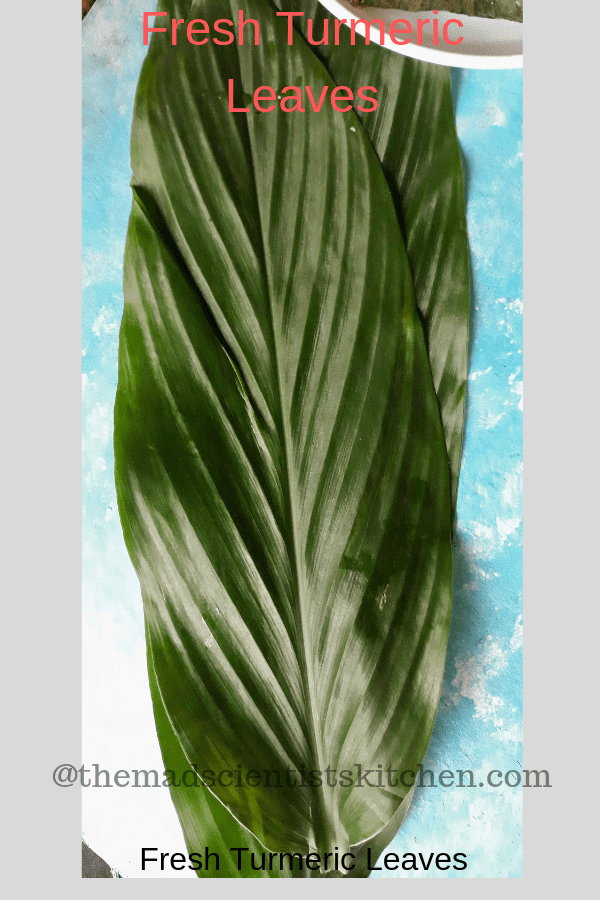
How to make Goan Patoli?
The steps to make Patoli are simple.
- Make the filling
- Cook them with grated coconut, grated jaggery, salt, and crushed cardamom pods until the mixture comes together and is sticky.
- Cool completely.
- Making the dough for the covering on Patoli
- In a pan, bring water and salt to a boil. Add and stir in the rice flour.
- Switch off the flame and cover with a tight-fitting lid. Set aside to cool slightly.
- Once warm, knead a small portion of the dough to get a smooth, malleable ball.
- To make the Patoli
- Wash and dry the turmeric leaves. Set aside.
- Smear the leaf with a bit of oil and press the ball of rice dough into a thin layer.
- Place and spread the jaggery mixture, close the leaf, and press gently but firmly.
- Steaming the Patoli
- Heat water in a steamer basin and bring to a boil.
- Place the patoli in a single layer in the steamer basket, and steam for 12-15 minutes.
- The colour of the leaf changes as the patoli cooks.
- Storing the Patoli
- Remove the cooked Patoli into a plate.
Take care not to stack the Patoli ones on top of each other; they will stick to each other.
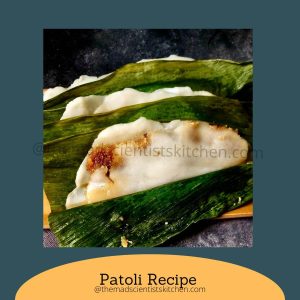
Patoli Recipe
Equipment
- Steamer
- Plates
- Spoons
Ingredients
For the spicy filling:
- 1 ½ cups Coconut grated
- 1 cup Jaggery grated
- 5-6 green cardamom powder
- 2 tablespoon red chilli powder optional
For the covering:
- 2 ½ cups Water
- ¼ teaspoon Salt
- 2 cups rice flour
To make Patoli:
- 20 Turmeric leaves
- 2 teaspoon Oil
- ⅓ cup Water
Instructions
For the filling: (cook time about 20 minutes)
- In a kadhai/wok, add the coconut, jaggery and cardamon powder, mix well and set aside for some time. 1 ½ cups Coconut, 1 cup Jaggery,5-6 green cardamom powder.This helps the jaggery to melt and reduces the time needed to cook the mixture. Since I am using red chilli powder, I add that too. 2 tablespoon red chilli powder

- Adjust the ingredients to suit your taste before you start heating. Adjust the amount of chilli powder to suit your taste.
- Cook on a low flame till the mixture comes together and is almost dry. It forms a sticky paste. Cool completely.
For the covering:( cook time 5 minutes)
- In a pan, add the water, salt and bring to a boil: 2 ½ cups Water, ¼ teaspoon Salt.
- Once the water starts boiling, add the rice flour, mix: 2 cups rice flour

- Cover with a tight lid and set aside to cool. (see note 1)
- Once the vessel is warm, transfer a small portion of the dough to a bowl or plate (keeping the rest covered) and knead it into a smooth ball. This dough will be malleable, but since there is no gluten, you will have to handle it gently.
- Make small balls and set aside.
To make Patoli: (Cook time 15-20 minutes)
- Wash and dry the turmeric leaves with a clean kitchen towel. 20 Turmeric leaves
- Smear the leaves with a bit of oil, then press the rice dough into a thin layer on the turmeric leaf with your fingers. 2 teaspoon Oil
- On one side, spread the jaggery mixture, close the leaf, and press gently but firmly.
- Place the fold patoli in the steamer and steam them for 15-20 minutes or till the leaves change colour.
- Serve hot.
Notes
This was what I used to make for hubby dear. Let me tell you it was very dry and even he did not like it much but insisted I make it.
- 1 ½ cup coconut, freshly grated
- ¼ cup fresh coriander leaves
- 2 green chillies (Adjust as per taste)
- ½ teaspoon asafoetida
- 2 teaspoon red chilli powder (Adjust as per taste)
- A pinch of sugar
- Salt to taste.

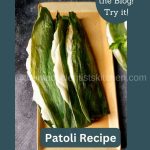

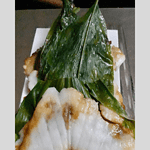

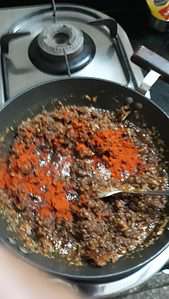
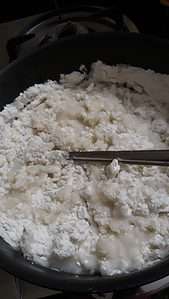

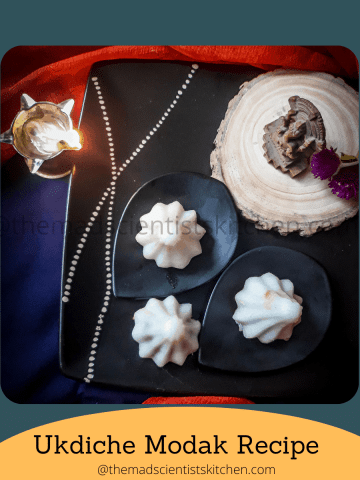
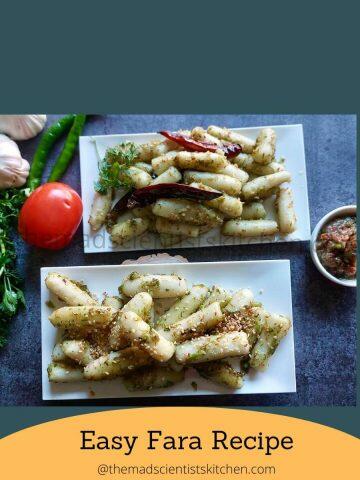
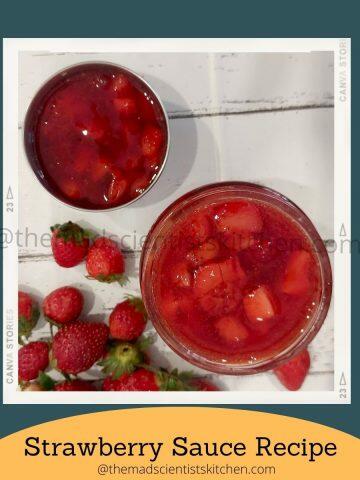
Shobha Keshwani says
I really want to make this sweet.. but can't find fresh turmeric leaves. Caan we steam in banana leaaves instead
ArchanaPotdar says
Thanks, Shobha. You can try but the aroma that turmeric leaves give is different. Try growing turmeric roots you do get fresh turmeric in Mumbai.
Mayuri Patel says
That's a very interesting recipe Archana and like the name Patoli. As you said it would taste like traditional steamed modak. I would love to try out this recipe if I ever have excess to turmeric leaves. Such a wonderful traditional recipe you've shared.
ArchanaPotdar says
Please try Mayuri.
Renu says
How interesting it is to know that we have similar dishes but cooked in a different style in different states for the same occasion. Steaming it in green leaves would definetly add flavour to the dish.
ArchanaPotdar says
True we have the same roots Renu we just need to be reminded of them.
Chef Mireille says
surprised to find so much chili powder though optional in the filling in a dessert. Regardless I wish I could get turmeric leaves so I can try it.
ArchanaPotdar says
Mir there is enough jaggery too to cut the chilli powder.
Swati says
Very interesting recipe and dish.. loved reading about the tradition of Nag Panchami ..
ArchanaPotdar says
Thanks, Swati.
Sarika Gunjal (spice zone) says
Never heard of this before. something totally different. Looks so yummy and specially it is gluten free..
ArchanaPotdar says
Thanks.
Jolly says
Very interesting recipe... i always loved traditional recipes and reading about the customs related to it. This looks incredibly delicious 🙂
ArchanaPotdar says
Thanks, Jolly.
Kalyani says
Nag Panchami and ganesh chaturthi in bangalore had this as a must-have dish 🙂 this is so delicious.. we make it very similarly except folding it over like a karanji and steaming it .. rest everything is the same, including the outer covering and filling !
ArchanaPotdar says
Food all over India is the same. Add some local ingredients and leave out the unavailable ones. Thanks, Kalyani I thought this was unique to the Konkan belt.